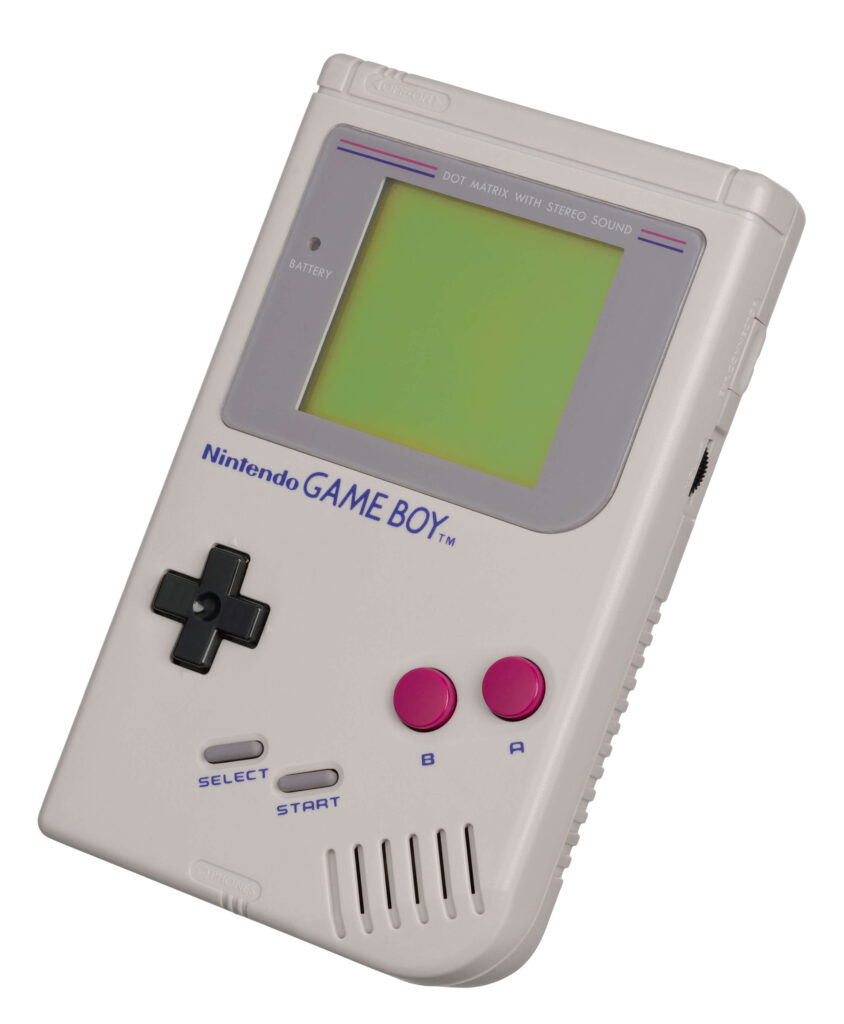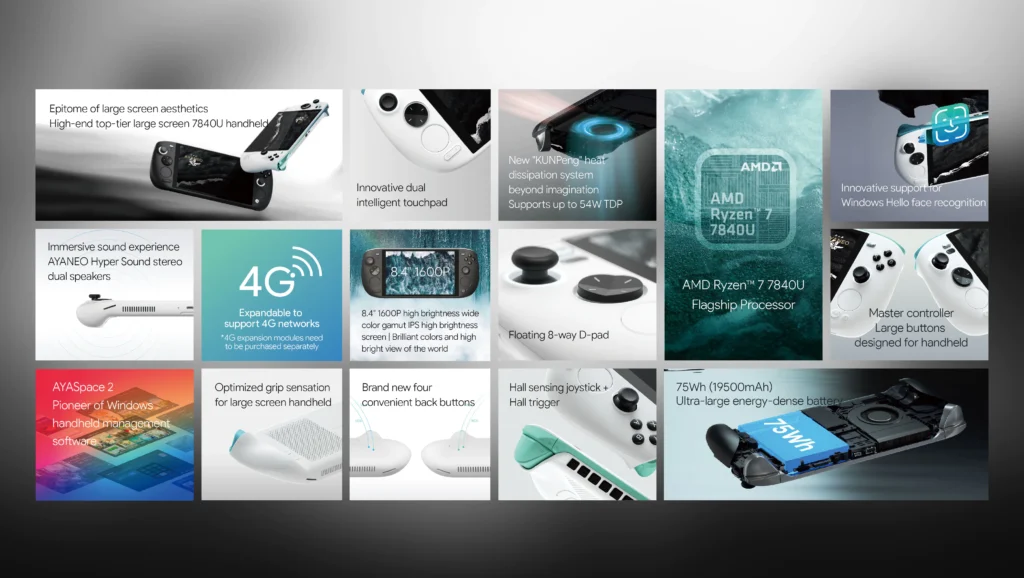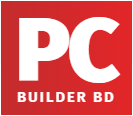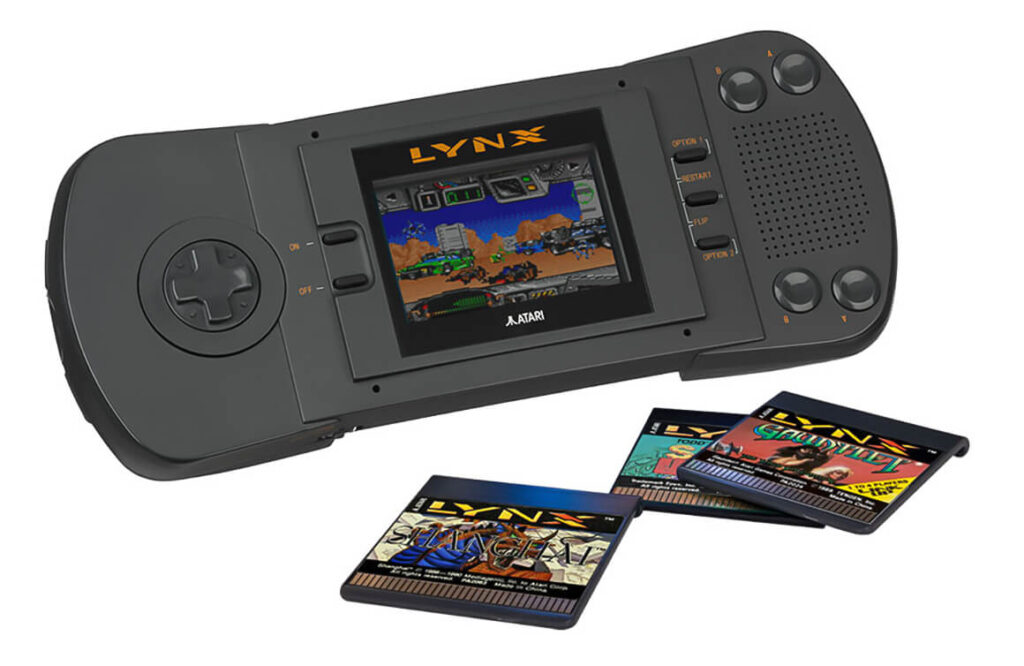There was a time when almost every kid in a Western neighborhood had a handheld console. That was the era of handheld consoles, a majestic yet foregone era. From the Game Boy to the DS, every kid of that era holds these consoles close to their hearts. In developing countries like ours, not every kid owned one. But the ones who did were easily the cool kids in their circles. With the passage of time, that era has disappeared from the face of earth. However, today, the industry appears to be screaming from the darkness, awaiting its return. It is a demand of the enthusiasts. Today, we shall discuss the history of the handheld gaming industry, and analyze its current state.
History
Gaming consoles first came to light in 1972. Ralph H. Baer, the “Father of Video Games”, developed a home video game system called Magnavox Odyssey. It was based on the Brown Box. Handheld gaming consoles became a reality seven years later. In 1979, Jay Smith developed the first handheld console. It was named the Microvision. The console remained in the market for only two years and vanished in 1981.

The Japanese video game industry brought its talents to the handheld gaming industry with a console named Game & Watch in 1980. In 1981, Entex Industries released Select-a-Game.

In 1989, the all-famous Game Boy saw the light of day. This Nintendo Console was revolutionary. Not only did it offer one of the best video game libraries of all time, it also had a decent size and pretty good battery life. In fact, it offered 20 hours of gameplay with just four AA batteries.

The golden era of handheld gaming started with the advent of the Game Boy. Sega and Atari followed Nintendo with their own gaming consoles. In the same year as the Game Boy, Atari entered the market with Lynx. It followed the same monochromatic principle as the Game Boy. Sadly, it failed to attract quality third party developers and was eventually discontinued.

Sega joined the party with its Game Gear in 1991. It was code-named Project Mercury. Game Gear has over 250 titles released worldwide. It was more successful compared to the Lynx from Atari.
The era of the 90s presented us with many masterpieces such as the Virtual Boy, Sega Genesis Nomad, Game Boy Color, Game Boy Advance et cetera.
At the very dawn of the 2000s, Nintendo released the GameCube in 2001. In 2004, Nintendo released the legend of gaming, the Nintendo DS. Nintendo president, Satoru Iwata said “We have developed Nintendo DS based upon a completely different concept from existing game devices in order to provide players with a unique entertainment experience for the 21st century.”

But Sony brought competition to Nintendo with its PlayStation Portable in 2004. It was succeeded by the PlayStation Vita in 2011. But then came mobile gaming alongside the Apple App Store as well as the Google Play Store. Since then, the hype for handheld gaming has died off to a great extent.

Handheld Gaming in the Recent Age
Nintendo Switch
Although Sony gave up on the PSP in 2014, Nintendo was not ready to forsake the legacy of handheld consoles. So, they released the Nintendo Switch in 2016.

Nintendo began working on concepts for the Nintendo Switch following the release of the Wii U in late 2012. Development began in the latter portion of 2013. It is true that the Nintendo Switch is primarily a home gaming console. Even Nintendo themselves admit it. But that does not take us away from the fact that Nintendo is the only company among the giants to offer handheld gaming. Nintendo priced the Switch at 299.99$ for the base version, 199.99$ for the Lite model, and 349.99$ for the OLED model.
Nintendo Switch can be played both as a dedicated home console as well as a handheld console. While Nintendo offers the Pro Controller for the Switch, its primary control method is the Joy-Con. These can be used separately on two hand, or slid on the sides of the console.

The Nintendo Switch has three play modes: 1. TV Mode 2. Handheld Mode and 3. Tabletop Mode. The TV Mode allows you to connect the console to a TV using HDMI and take advantage of a larger display. The Handheld Mode essentially turns it into a handheld gaming console. On the other hand, the Tabletop Mode allows play by deploying the stand on the back.

Nintendo is one of the three giants in the console market alongside Sony and Microsoft. Below is a report of the sales of the latest generation of consoles of the giants from Statista.

As per the report, the release of the latest gen PlayStation and Xbox has taken a toll on the sales of the Switch. From 28.47 million sales in 2020, it plummeted to 16.38 million 3 years later. The PlayStation 5, released four years after the Switch, overtook its sales in 2023. On the other hand, the sales of the Xbox Series X/S seems to be on a downward slope.
The Switch has dominated the handheld console market for long, but its crown is not permanent. In fact, other companies have brought handheld consoles with great offerings.
Steam Deck
The Steam Deck took the gaming community by storm when it was released on February 25, 2022. It is more of a handheld gaming PC than a handheld console. It runs SteamOS which is based on Arch Linux. Much of the Steam library is compatible with Steam Deck as of present. This opens a wide library of video games to the gamers.

Besides, the Steam Deck is very much universal. It allows the users to install Windows and other operating systems on it. That means, it lets you play games which are not compatible with SteamOS. Besides, you can also emulate other gaming consoles like the NES.

Not only that, its hardware is decently powerful. It uses a 7 nm Zen 2 AMD APU. The CPU has a clock speed of 2.4-3.5 GHZ. The deck also uses a GPU based on RDNA 2 architecture. The GPU has a clock speed of 1.6 GHz. The LCD version offers 64 GB, 256 GB and 512 GB of storage while the OLED version offers 512 GB and 1 TB.

Valve has not disclosed exact sales figures for the Steam Deck. However, according to Valve, the sales have reached multiple millions already. According to a report from Omdia, it was set to surpass 3 million units by 2023. According to KDE, Valve had shipped over 1 million units of the Deck by October 2022. KDE is the organization behind the Desktop Environment used by the Steam Deck. These are merely a fraction of the sales of the Steam Deck, which received over ten million sales in its first year.
Essentially, the Steam Deck is a more enthusiast-oriented device than the others. With other devices, you buy a game, install it, then play. It’s as simple as that. But as Steam Deck runs Linux, running games might require some fiddling. Not only that, some of the games run poorly despite being Steam Deck Verified. Besides, it is somewhat more expensive compared to the Switch. Its pricing starts at 349$ and goes up to 549$ based on the specifications. The Steam Deck also influenced competition in the handheld market from other manufacturers. They include Asus ROG Ally, Lenovo Legion Go and the more expensive Ayaneo Kun.
ROG Ally
ROG Ally is Asus’s addition to the handheld gaming market. It was released on June 13, 2023. Its main selling point was the wider software library due to its use of Windows 11. Besides, it is also more powerful. The Ally uses a Zen 4-based AMD mobile processor. For its GPU, it has relatively high-end RDNA 3-based console GPU. The base version starts at 599$ and goes up to 699$. The reviewers received the device dearly.

The sales figures of the ROG Ally are not as promising as the Steam Deck. The Ally sold about half a million units as of July 2023. It can be presumed that the lower sales numbers are due to the more expensive nature of the device. You can check out our review of the ROG Ally.

Lenovo Legion Go
The Lenovo Legion Go was released on October 31, 2023, just four months after the Ally. This device has detatchable controllers similar to the Switch. This helps the users counter the heavier weight of the device.

The pricing starts at 699$ and goes up to 749$ making it more expensive than the Ally. The device uses a Ryzen Z1 Extreme CPU with clock speeds of 3.3 GHz to 5.1 GHz. It relies on Windows 11 similar to the Ally and also uses a 780 nm AMD Radeon GPU. But this device faced some problems with the battery life and the weight in general.

As there are no official or third-party sales numbers for the Legion, it was not possible to compare its sales with the others.
Ayaneo Kun
The Ayaneo Kun is arguably the more interesting one among the others. The Ayaneo Kun is pricey, starting at 999$. But Ayaneo put the expense to good use. The Ayaneo Kun offers better specs as well as a larger screen than the others. It also offers a larger battery life.

It uses a mobile Ryzen 7 7840U CPU with clock speeds ranging from 3.3 GHz to 5.1 GHz. For GPU, it has an integrated AMD Radeon 780M. It also uses 4 terabytes of storage. The Kun lasts around three to four hours at 20-30 watts. Similar to the Legion Go, we could not find sales figures for the Ayaneo Kun.

Honorable Mentions
MSI’s entry to the handheld scene began with the inception of the MSI Claw. The device seems promising in terms of hardware and everything. However, the flawed software hurts the overall usability and user experience.

The GPD Win 4 can also be mentioned. It is a full-fledged gaming PC which looks like a PS Vita. It also stands out because of its small physical keyboard. This is a blessing for folk like me who hate virtual touchscreen keyboards. However, owing to the higher price, it will have a hard time competing with the Steam Deck.

Besides, there are some cloud-based handheld gaming consoles. For instance, the Logitech G Cloud and the PlayStation Portal.
Conclusion
The era of handheld gaming is still regarded as the golden era of gaming. Even in Bangladesh, the PSP received tremendous popularity during its days. While folk don’t want to have a console in their bags alongside a phone in their pocket, the enthusiasts want handheld consoles back. The success of the Switch and the positive reactions to the Switch, Ally and the Legion Go are positive indicators. Let us hope that these consoles will soon make their return.






